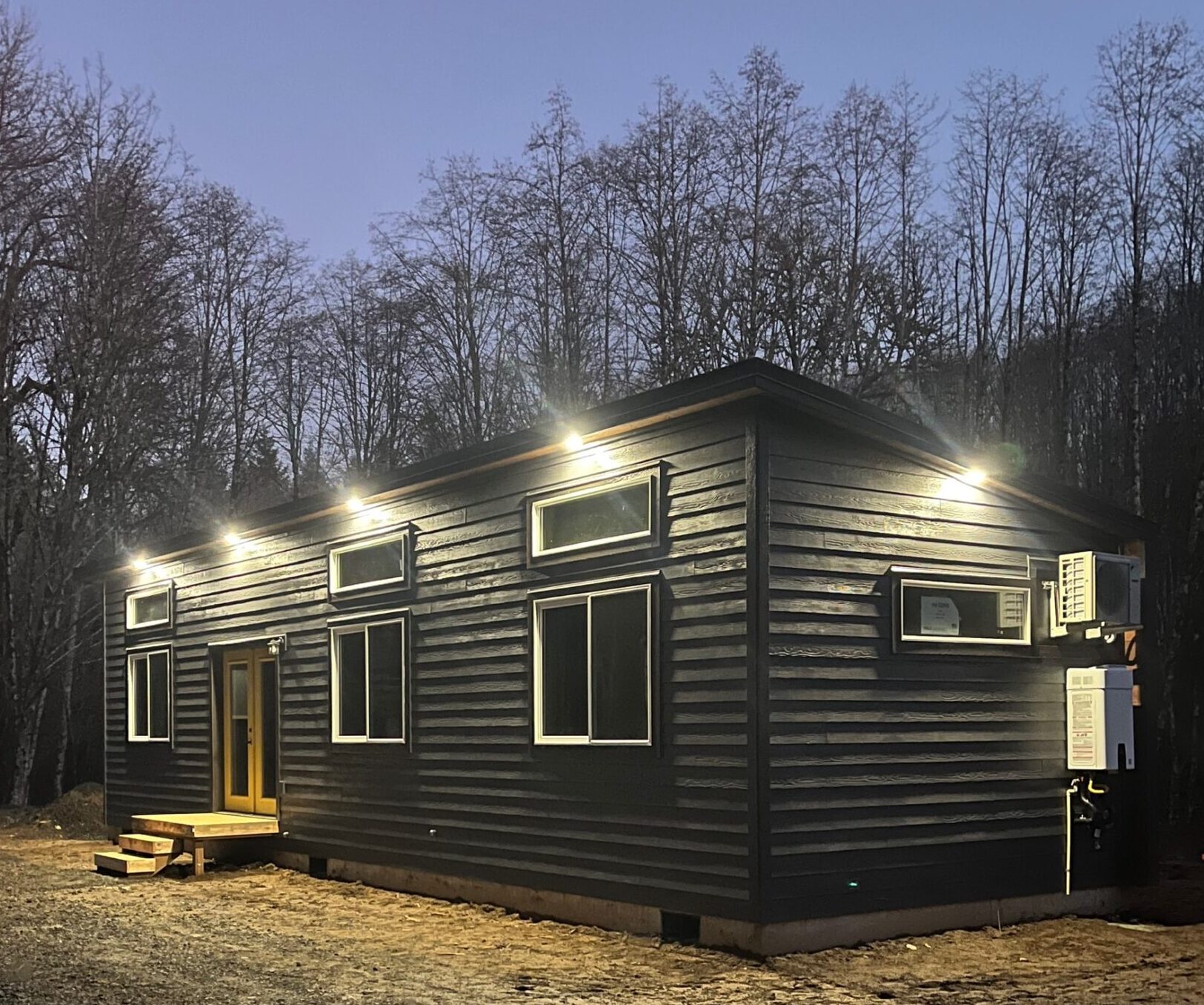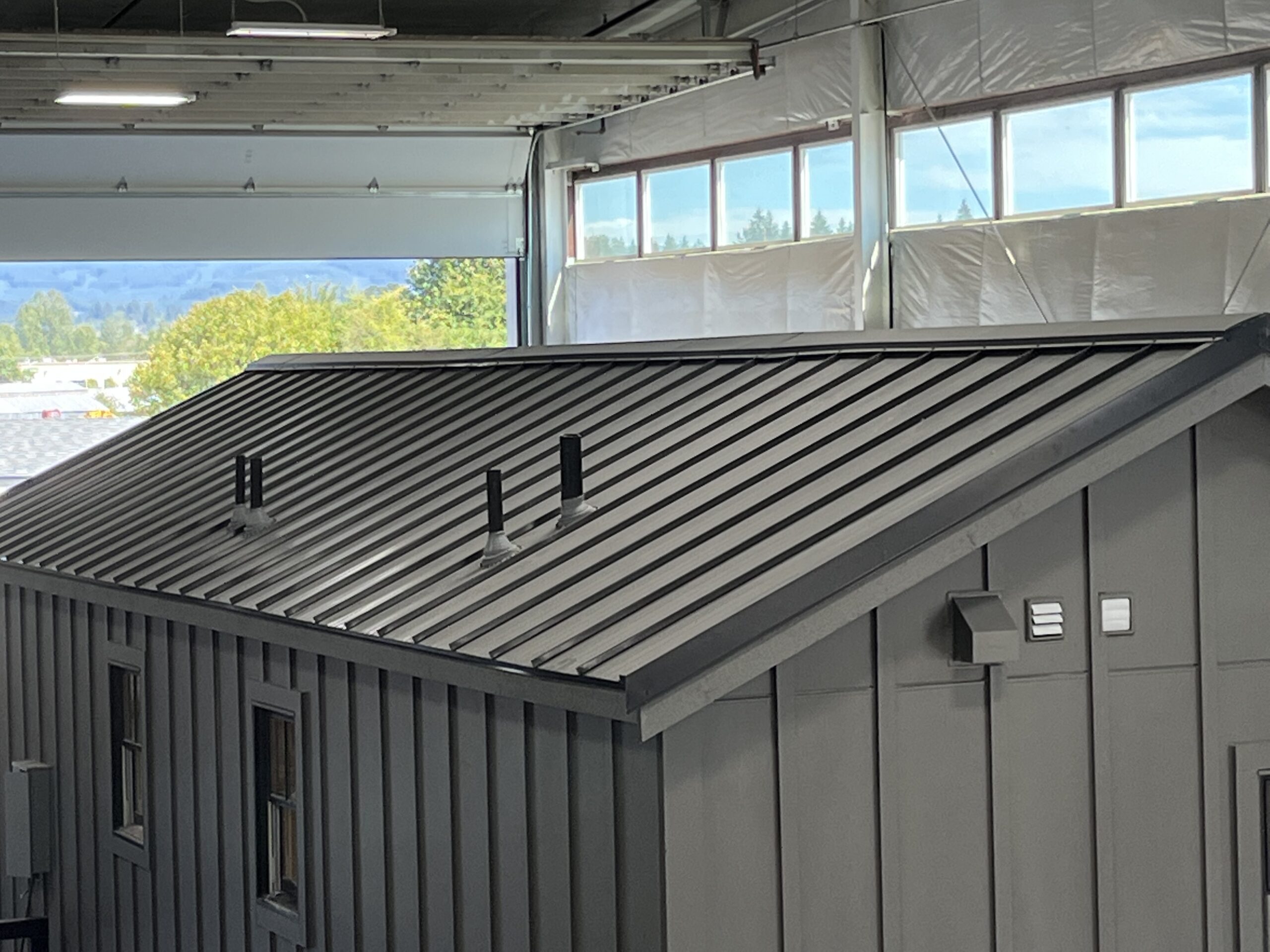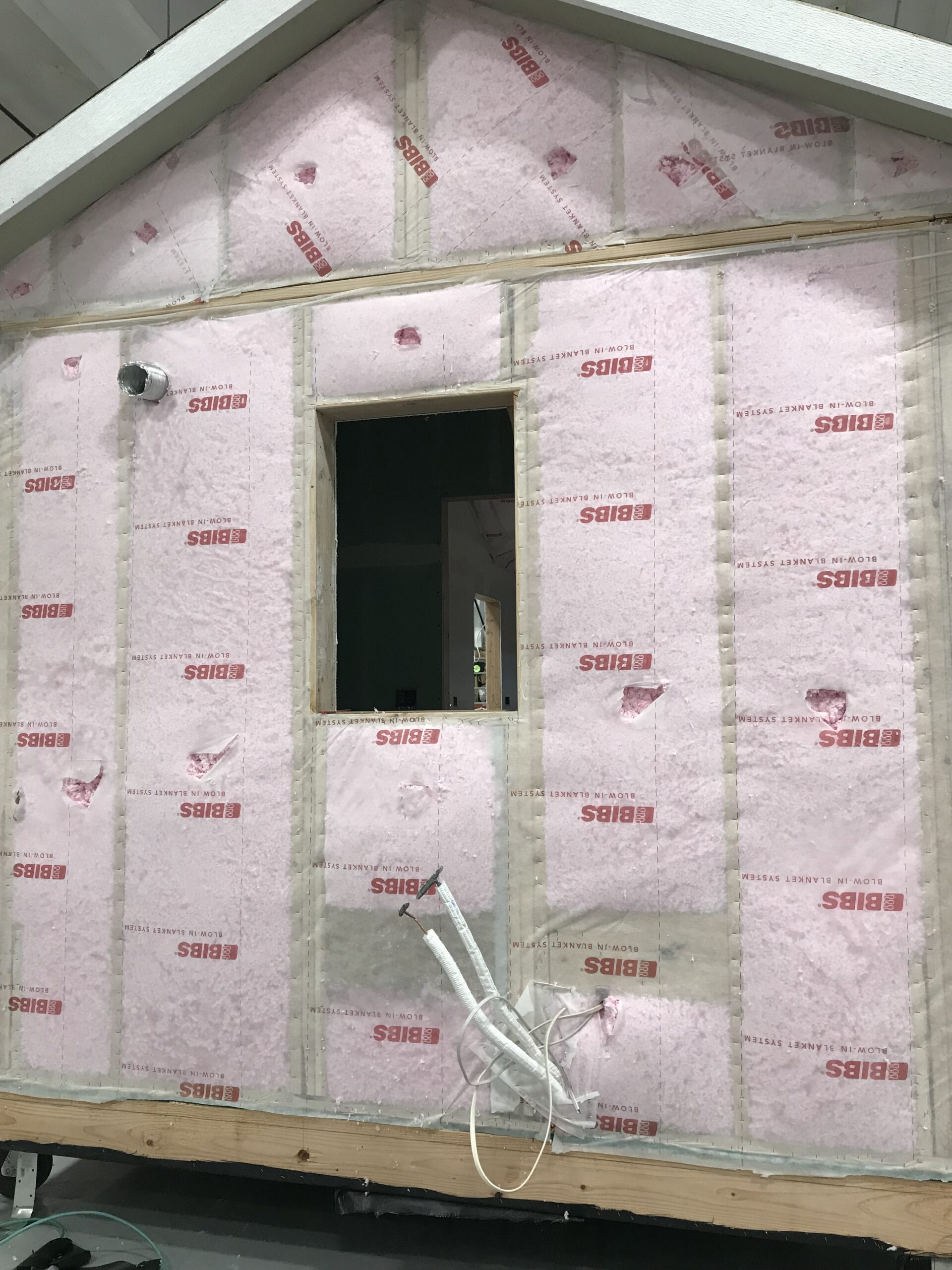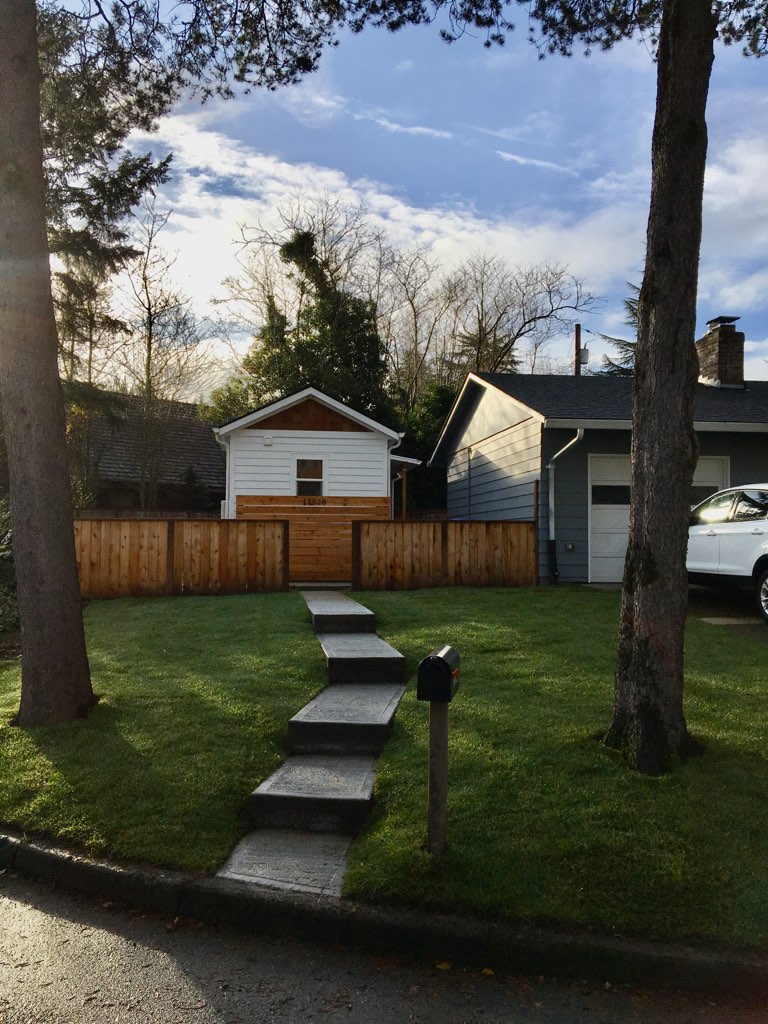I want to start a conversation with you regarding a journey that is like a life within a life. We as human beings naturally tend to seek the solutions to our problems. Right now, I will spell out what it looks like to build a small structure. This takes the stance that a small structure is what you’ve come to realize will be the solution to your particular situation.
Maybe you’ve recently moved here from out of state to be closer to your children…
Perhaps you just lost a loved one and aren’t sure you’re ready to move into the home of your daughter and son-in-law…
Or maybe you simply like the lifestyle of less stuff and want to live on less…
Whatever your desires are, we are here to help make that a reality whether it’s with Wolf Industries or some other tiny home builder in another part of the country.
As you might tell, we have a passion here at Wolf Industries Inc. (which means all the folks here who I’ll collectively refer to simply as “Wolf”) to empower our clients and those we encounter. Empowering comes in many forms. As our first step, we strive to offer options. Offering multiple, relevant, quality options that are fairly presented is what makes us feel good about empowering our clients. I had a client tell me the following:
“Because you (Wolf) weren’t attached to your pocketbook and the most expensive options, but rather wanted the best options for me based on my budget and desires – that’s what drew me to you…”
This speaks to how we approach all our projects. The client comes first.
But enough about us and on to the task at hand: filling you in on how to start a small project whether it’s a tiny home, tiny home on wheels, ADU (Accessory Dwelling Unit), guest house, granny flat, mother-in-law quarters, or a hardship case.
All of these projects can be fun and exciting, and this article series is meant to help you achieve that.
Each of these projects begins with a need, challenge, or pain that has been brought to light. I know this personally, as my wife and I just had our 6th child and our average-sized home is now feeling a little tight with kids in closets and general chaos everywhere. Our need is slightly different but similar in concept.
Step #1 is not to make irrational choices based on emotion.
Like selling stock low and buying high, one must evaluate where they’re at in the cycle of “need” before they can properly assess their housing choices. We might be drawn to a large house at first, yet with further examination, we can “see” that down the road, our needs will change as the kids move away from home.
- What are your future ideas for a small mini cottage or tiny home?
- Who will use it after your need has passed?
- What is the longevity that you plan to design it for?
- Is it a 5, 10, 20, or 50-year plan?
The conventional wisdom on tiny home longevity is that they are built “like a house.” The truth is that not all tiny homes are; most are not. I’ll go into much more about this in a future post.
Beginning with the end in mind applies here with tiny homes and small dwellings just as much as it does with anything else. What regulations will change after the public opinion changes and the regulators, wanting to stay in office, follow their voters’ opinions? A founding value here at Wolf is to make a product that is scalable in the sense that it is legal and will be for years to come. We don’t want to build in the gray areas of tiny homes on wheels, for example.
If I can stress one thing over and over it’s that you need to make sure you are following the applicable codes and laws for your project. This last statement can be daunting to wrap your mind around if you don’t have massive amounts of research, knowledge, and background experience in this world.
This leads me to the second step in the process…
Step #2 is to surround yourself with good, knowledgeable people who have some experience with tiny home building.
Let me elaborate on this…
Good people are those who “PUSH” for the best interest of the client.
For example, a client who approaches a standard home building contractor that builds custom homes. If he knows his market and clients well, he wouldn’t take on a small project such as this, as he knows that his overhead and admin fees alone will strip that client of any extra money. He should intuitively know this.
Another example is that you meet a contractor at the local home improvement center who says, “Oh, yeah, a small project like that shouldn’t cost more than 35-55 thousand!” What this contractor has failed to take into consideration is…
- the preliminary design work
- that the engineering is the same on a small job as a big job
- the permitting process
- the fact that he’s not licensed to do specialty trades
- that tradesmen are in high demand and difficult to secure for small jobs
- that it takes the same amount of office effort on a small job that it does for a large job
If this contractor is selected, it is designed from the beginning to fail because he didn’t clearly “see” what was involved with the process. This project will be over budget and past due, and you won’t know it until it’s too late.
Another example of securing a contractor is to find a tiny home builder that is currently building tiny homes. This is great until you peel back the cover and see that tiny homes on wheels are simply another form of RV.
You order the house and let’s assume for conversation’s sake that the house is actually on time and on budget. You get the home delivered and life is good… for a while, that is. Three weeks from the date of delivery, you get a letter from the county or city stating that a complaint has been made and they’re asking for you to make the correction. The correction is “please remove the tiny home on wheels,” and they cite a local ordinance or code section—ouch, expensive mistake.
It’s very important to select a contractor who knows the codes and rules.
Now that you have a contractor selected, you must begin the design element. Knowing how things go together and can be built is very important for the design process. That is, of course, unless you have big bucks and don’t care about the cost. I want “this look.”
If you’re like me, you don’t have this luxury. Use your contractor to ask for simple ways to build yet add a sense of flair or design. Take your time, as you only get one shot at designing your tiny dwelling. During this stage, this typically shouldn’t cost you any money because any good contractor is willing to lend their expertise; being frank, it boosts our ego.
Armed with your design, you’re mentally ready to start spending money to bring this project into reality. But wait—there are items needing to be addressed and you’re unsure about what the potential unforeseen conditions may be.
“How do I connect the utilities to my home?”
“How do I know what amount of power I will need?”
“Who do I talk to about the size of the storm drain system?”
And the list goes on because you lack the confidence in the builder despite the amount of experience they might have.
Throughout this blog series, I will dig into all of my mental cavities of knowledge to share the wins, flops, and all that I’ve learned to bring a better experience to those of you who are looking to create a small space that can be used now and far into the future.
Continue with Part Two: Ensuring Your Tiny House Build is Successful




